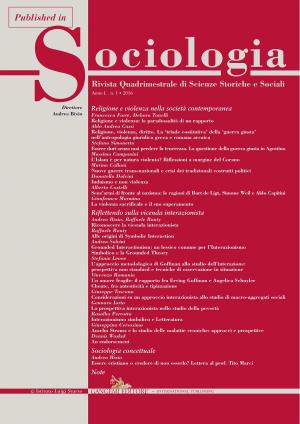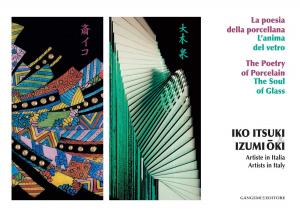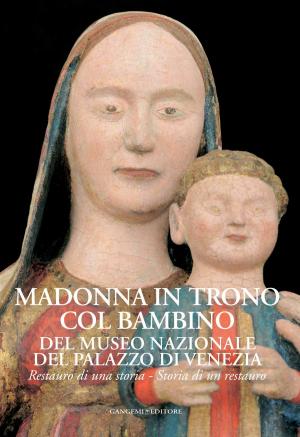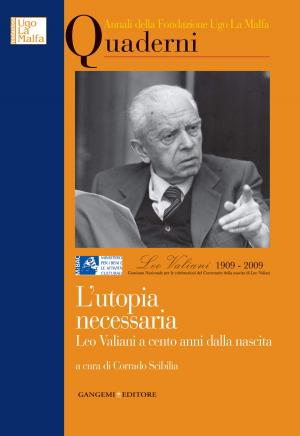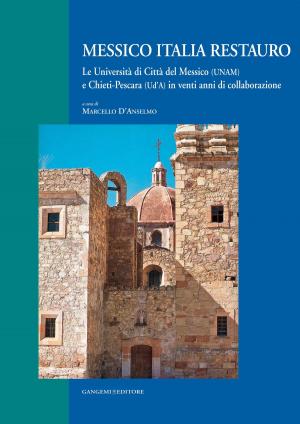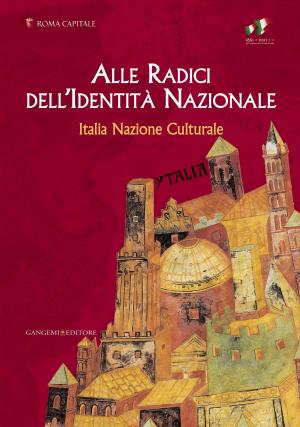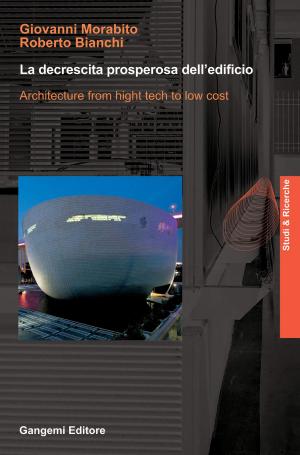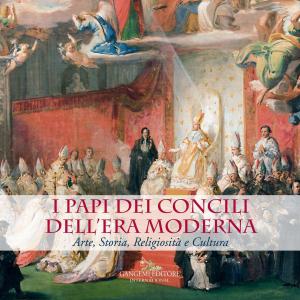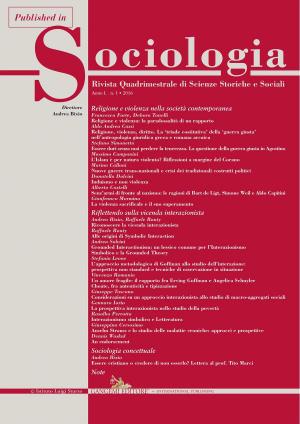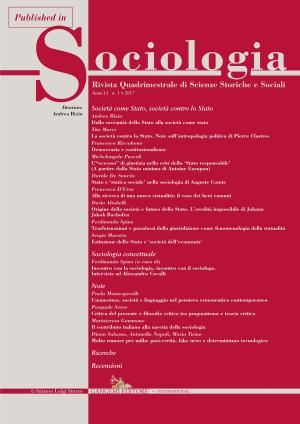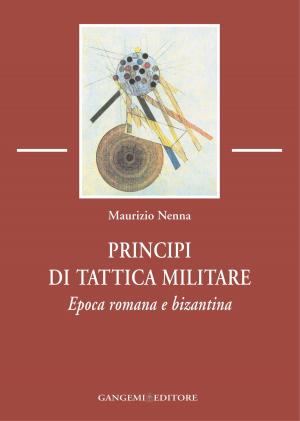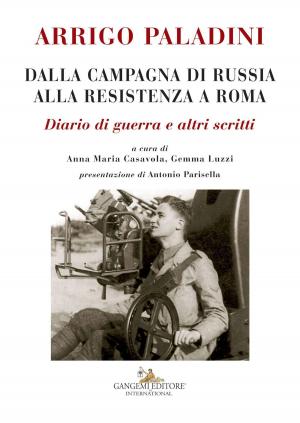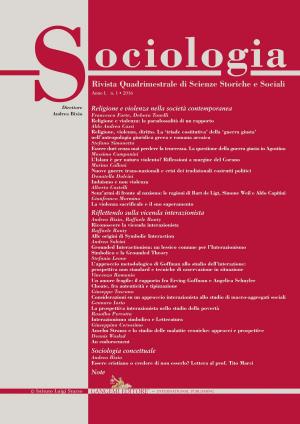I disegni di Alejandro de la Sota come riflesso dell’estetica hegeliana | Alejandro de la Sota’s drawings as a reflection of Hegel’s aesthetics
Published in Disegnare idee immagini 53/2016. Rivista semestrale del Dipartimento di Storia, Disegno e Restauro dell’Architettura “Sapienza” Università di Roma | Biannual Magazine of the Department of History, Drawing and Restoration of Architecture
Nonfiction, Art & Architecture, Architecture| Author: | Aurelio Vallespín Muniesa, Luis Agustín Hernández, Ignacio Cabodevilla-Artieda | ISBN: | 9788849297164 |
| Publisher: | Gangemi Editore | Publication: | March 8, 2017 |
| Imprint: | Gangemi Editore | Language: | Italian |
| Author: | Aurelio Vallespín Muniesa, Luis Agustín Hernández, Ignacio Cabodevilla-Artieda |
| ISBN: | 9788849297164 |
| Publisher: | Gangemi Editore |
| Publication: | March 8, 2017 |
| Imprint: | Gangemi Editore |
| Language: | Italian |
In generale gli architetti non amano molto Hegel poiché egli ha collocato l’architettura al livello più basso tra le Belle Arti. Ciononostante questo contributo avanza l’ipotesi che l’opera architettonica di Alejandro de la Sota, il cui approccio è considerato essenzialmente funzionale, come si evince dai suoi disegni, sia in realtà molto vicina all’estetica hegeliana, idealista per eccellenza. Questo assunto sarà dimostrato a partire da alcuni concetti che sono presenti nell’opera di entrambi, anche se in maniera diversa: l’idea, la bellezza, lo spirito e la forma. | Generally speaking architects are not among Hegel’s greatest fans because he considers architecture as one of the least important forms of Fine Arts. Nevertheless, this contribution theorises that Alejandro de la Sota’s architectural works, whose essentially functional approach is visible in his drawings, are in actual fact very close to the aesthetics advocated by Hegel, the ultimate idealist. This hypothesis will be demonstrated using several concepts that are present, albeit differently, in the works of both men: idea, beauty, spirit and form.
In generale gli architetti non amano molto Hegel poiché egli ha collocato l’architettura al livello più basso tra le Belle Arti. Ciononostante questo contributo avanza l’ipotesi che l’opera architettonica di Alejandro de la Sota, il cui approccio è considerato essenzialmente funzionale, come si evince dai suoi disegni, sia in realtà molto vicina all’estetica hegeliana, idealista per eccellenza. Questo assunto sarà dimostrato a partire da alcuni concetti che sono presenti nell’opera di entrambi, anche se in maniera diversa: l’idea, la bellezza, lo spirito e la forma. | Generally speaking architects are not among Hegel’s greatest fans because he considers architecture as one of the least important forms of Fine Arts. Nevertheless, this contribution theorises that Alejandro de la Sota’s architectural works, whose essentially functional approach is visible in his drawings, are in actual fact very close to the aesthetics advocated by Hegel, the ultimate idealist. This hypothesis will be demonstrated using several concepts that are present, albeit differently, in the works of both men: idea, beauty, spirit and form.

